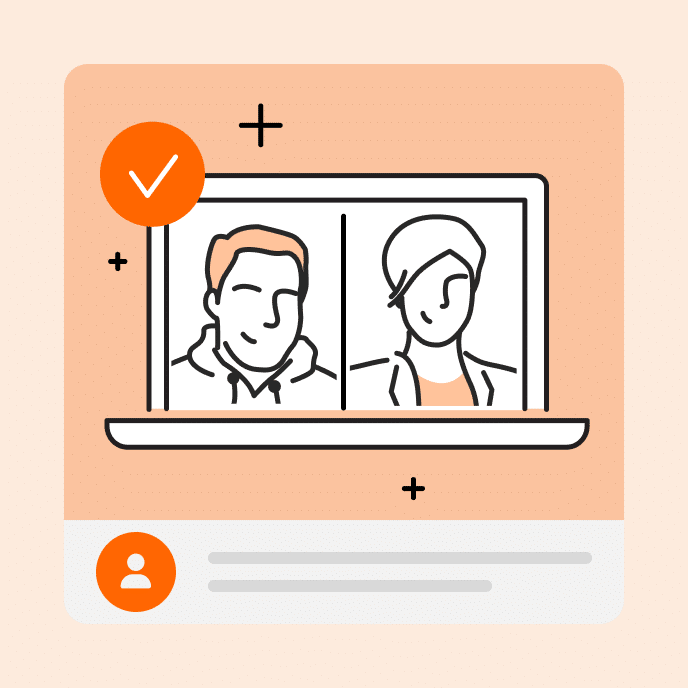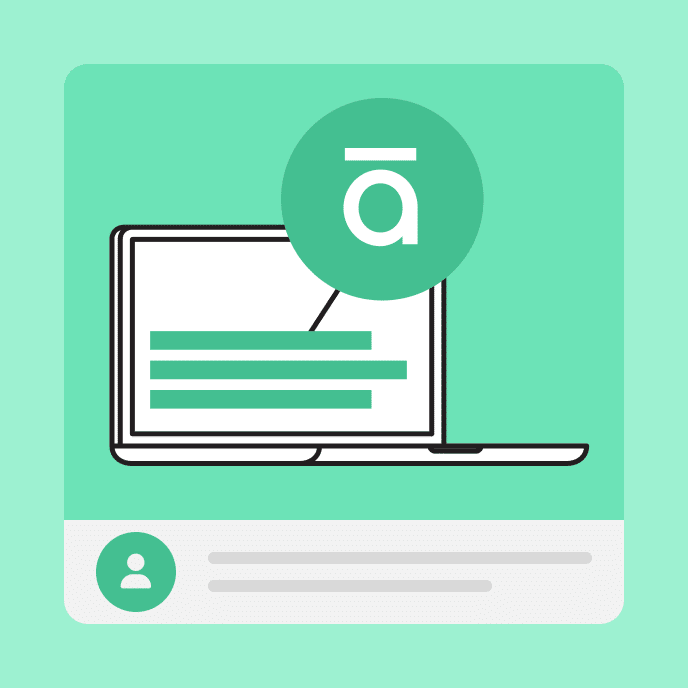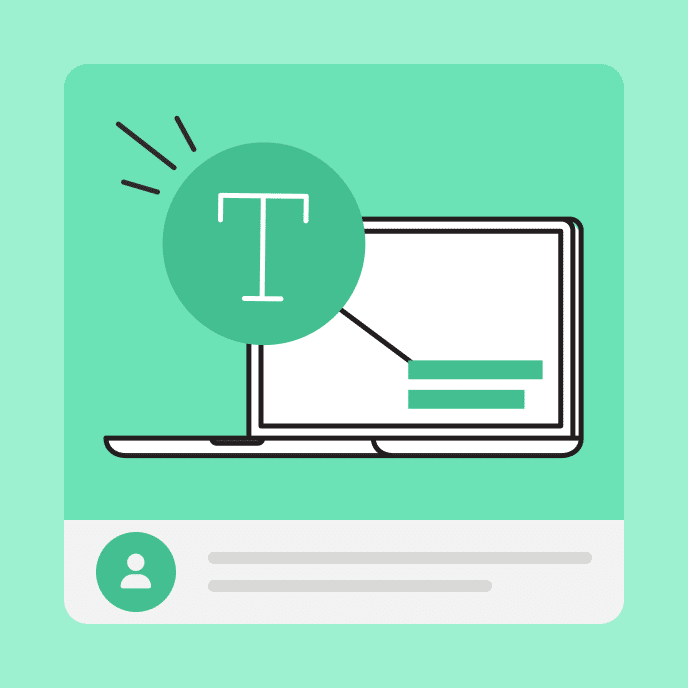How to Find a Language Validator to Translate Workplace Training
Translating your course is only half the job. Learn how to validate your content for clarity, accuracy, and impact in every target language.

Why language validation matters in e-learning
It’s a common issue. An organization spends time and money developing an e-learning course for employees and translating it into multiple languages to reach global teams. But almost immediately, something gets lost in translation. Some learners are confused by the references. Others are put off by the tone. Most importantly, workers are misunderstanding critical instructions.
What went wrong? You might be surprised to learn that the issue isn’t necessarily with the translation service, but rather a final step in the process that often gets overlooked: language validation. Just because the content has been translated into the target language, it doesn’t mean that it’s accurate, culturally appropriate, or true to the native language. The fact is that without language validation, even the most thoughtfully localized training materials can fall flat or worse, come across as insensitive or offensive.
In this post, we’ll explore how to find the right validator or translator for your online courses, someone who goes beyond word-for-word translation to build true resonance across languages and cultural experiences.
Key Takeaways
- Language validation isn’t a luxury. Without it, even well-translated courses can feel clunky or confusing to your audience.
- The best validators blend language skills with learning insight. Look for someone who not only speaks the language but understands how people learn.
- Validation can be smooth with the right tools and partners. When your process supports collaboration, validation becomes a natural part of your workflow.
What is language validation?
Language validation is a quality assurance process that determines whether your training content is not only technically correct but also culturally and contextually accurate for your learners. It’s the process of confirming that what you meant to say is what learners actually understand in their language.
Skipping this step can undermine the localization process and create serious language barriers in your online training program. From a regional idiom that doesn’t translate well to an awkward or unclear instructional phrase, even minor issues can slow learners down and erode trust in your content. In more serious cases, like compliance and safety training, a translation issue can lead to risky or dangerous behavior.
For example, a customer service training program might encourage learners to “escalate difficult customer complaints,” but the translated version comes across as “argue with customers if there’s a problem.” That small shift in language could cause headaches for employees and result in unhappy customers. Language validation helps catch and fix these problems before they get out of hand.
Who can validate your translated e-learning content?
Once you’ve translated your training content, the next step is finding the right person or team to make sure everything is clear and accurate in the target language. Here are three options:
1. Professional translation services
One of the most straightforward options is to find a translation service that offers built-in validation as part of the process. Ideally, this would be one that specializes in e-learning. These services often feature experienced human translators who are trained to ensure linguistic accuracy and instructional clarity. If you’re already working with a translation service, be sure to inquire whether validation is included or whether you can add it on as part of the localization process.
2. Bilingual employees
Employees who are fluent in both the source language and the target language can be an excellent in-house resource for validating translated content. Because they understand the organization’s brand voice, goals, and training context, they are particularly valuable for reviewing online courses for tone, clarity, cultural references, and more. However, while they may be fluent in both languages, that doesn’t necessarily make them a translation expert, so it’s best practice to use them in conjunction with expert input.
3. Freelance validator with language and learning expertise
Freelancers can be a flexible, cost-effective choice for language validation, especially if you need targeted support for a specific training project or target language. Again, experience in both translation and e-learning is ideal. Look for freelancers who’ve worked on online training programs or course localization, and be sure to ask for samples and references. Since they’re not typically an ongoing part of your organization, make sure expectations and timelines are clear, and build in time for review, feedback, and clarifications.

What to look for when choosing a translator or validator
When it comes to translating workplace training—whether you’re working with a vendor, freelancer, or someone on your internal team—it’s important to choose someone with both linguistic and instructional awareness.
Here are a few things to look for in a translator or validator:
Fluency in the source and target languages
This may seem obvious, but it’s a key part of the process. Find validators who are not just native speakers of the target language but also understand the original content. This helps them spot subtle errors that could confuse or mislead learners.
Familiarity with workplace training and e-learning
Just because someone has experience translating marketing materials or legal documents does not mean they have the background needed to validate e-learning content. Look for people with experience translating and validating online courses or online training programs. These individuals better understand the goals and nuances of adult learning.
Industry and audience-specific knowledge
The ideal validator will know your field or sector well enough to ensure that the tone and terminology are appropriate and accurate. For example, a phrase that works in customer service training could be confusing or misleading if inappropriately applied to a safety or technical course.
Experience with your localization tools
Whether you’re managing file exports, working with an LMS, or collaborating with external translators, your validator should be familiar with the tools and workflows involved in your localization process. This helps streamline communication, avoid formatting issues, and reduce delays.
Attention to nuance, not just grammar
A great validator doesn’t just check boxes or follow a word-for-word translation. They make sure your training materials connect with learners in a meaningful way. They do this by refining phrases to reflect how language is actually used, eliminating obscure references, and improving awkward or unclear language.
Choosing the right partner in this endeavor can take time, but it pays dividends in learner confidence, fewer support tickets, and a more effective overall learning experience.
Support the process with Articulate Localization
With features that let you export and import course text, manage content in multiple languages, and preview translated slides, Articulate Localization helps streamline collaboration between your team and your validator.
By keeping everything inside the platform you already use to build courses, you reduce errors, save time, and ensure a smooth start-to-end localization process without the need for extra tools or version chaos. Alongside the skilled validator of your choosing, it’s an ideal tool for efficient, high-quality course localization.
Translate with confidence, validate with purpose
For global organizations, translation is a fundamental part of workplace training. But it’s about much more than just accurately translating the language. The goal is to create inclusive and culturally aware content that speaks to their experiences and gives them the knowledge they need to perform their jobs more effectively. You do this by choosing a language validator who is fluent in both languages, has relevant experience in your field, and knows how to overcome barriers. With the right effort and the right people, you’ll turn a simple translation into a seamless, learner-friendly experience.
Ready to level up your training in multiple languages? Get our e-book, Multilingual Workforce Training, for expert tips on streamlining your localization process, avoiding common pitfalls, and building online courses that truly connect across cultures.
You may also like

A Training Guide to Customer Onboarding
From first impressions to long-term loyalty, discover how smart onboarding creates customer experiences that actually stick.

